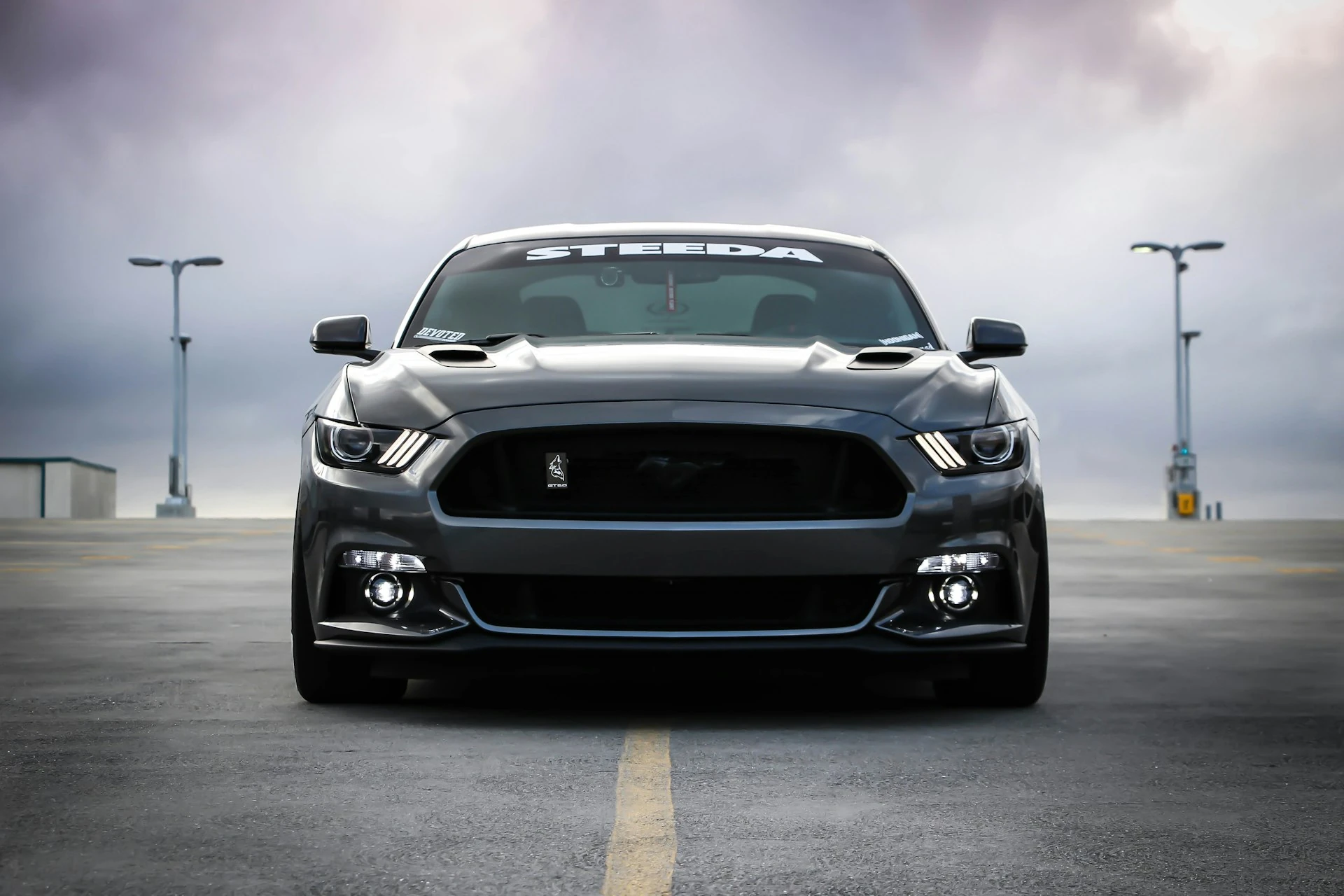“How Manufacturing Built America — and How It Could Rebuild Colombia” explores how the United States rose to global power through its manufacturing strength — and how its shift toward financial speculation hollowed out that foundation.
From the 1950s to the 1980s, American factories built cars, planes, and appliances that fueled the world’s strongest middle class. But when the U.S. turned from production to speculation, the economy began rewarding finance over labor, destabilizing the nation’s economic base and widening inequality.
Now, as America grapples with deindustrialization and debt, Colombia stands at a historic crossroads. With its youthful workforce, geographic advantages, and growing infrastructure, Colombia has the opportunity to do what the U.S. once did — build prosperity through making, not merely trading.
By investing in manufacturing — especially in motorcycles, electric vehicles, and machinery — Colombia could create stable jobs, boost exports, and secure long-term economic independence. The message is simple but transformative: real wealth comes from production, not speculation.
How Manufacturing Built America and How It Could Rebuild Colombia
In the mid-20th century, America’s economy was built on factories, not finance.
From 1950 to 1980, manufacturing made up nearly 40% of the U.S. GDP, generated most corporate profits, and employed about one-third of the workforce.
American factories produced everything cars, appliances, televisions, and tools and they sold them to the world. The result was the strongest, wealthiest middle class in human history.
If you were a factory worker in those decades, life was good. You worked a 40-hour week, earned health insurance, owned your home, and your family could live comfortably on one income. You could afford vacations, buy a new car every few years, and retire with dignity. For ordinary people, work meant stability, purpose, and pride.
From Production to Speculation
Then came the 1980s ... the “Reagan Revolution.”
The U.S. shifted from making things to moving money.
Today, financial services account for about twice as much GDP as manufacturing, yet they employ only about 5% of the workforce. The financial sector captures nearly half of all corporate profits not by producing value, but by managing, speculating, and leveraging wealth.
This shift transformed the entire structure of American society.
Power moved away from factory towns and toward the coastal financial centers ... New York, San Francisco, Washington, and Boston.
The people who once built cars and machines and influenced governments was replaced by financial elites and technocrats, educated in Ivy League universities, trading derivatives instead of designing engines.
Once, the brightest minds went into science, engineering, and manufacturing.
Today, many go to Wall Street, not to build but to bet, turning the economy from productive to speculative.
The Cost of a Speculative Economy
This change hollowed out America’s industrial base.
Instead of stable growth, the country now experiences cycles of bubbles and crashes, the dot-com collapse in 2001, the housing crisis in 2008, and the speculative booms of cryptocurrencies and tech stocks.
The result?
Rising inequality, unaffordable housing, and a generation that sees speculation as the only path to wealth.
The American Dream once built on work and production now depends on owning assets or playing the markets.
The U.S. national debt has ballooned to over $37 trillion, surpassing its entire GDP. Yet, as long as the world sees the U.S. dollar as safe, the system survives backed not by production, but by military strength and financial dominance.
How Manufacturing Made America Invincible
America became a superpower not because of its banks, but because of its factories.
Manufacturing created the middle class, built military strength, and fostered innovation.
When the U.S. built cars, planes, ships, and microchips, it also built self-sufficiency.
If the U.S. ever returned to large-scale domestic manufacturing, it would once again be nearly unstoppable.
A nation that can produce its own goods, energy, and technology doesn’t fear global trade disruptions, it leads them.
But rebuilding a manufacturing base is difficult.
Factories require investment, logistics, and skilled workers.
And the modern political class, closely tied to finance, resists change. The elites profit from speculation, not from production. So while Americans debate culture and politics, the foundation of real wealth creation remains neglected.
The Opportunity for Colombia
Here’s where Colombia has a chance to write a different story.
Colombia has what the United States has lost ... youth, energy, and hunger for opportunity.
It also has something America doesn’t have anymore: room to grow.
While the U.S. struggles under the weight of financialization, Colombia can leap forward by building a modern manufacturing base, starting with motorcycles, electric vehicles, and affordable machinery for Latin America and beyond.
Imagine if Colombia became the regional hub for vehicle and machine production, using its location, trade access, and human talent to supply Central and South America.
Manufacturing would create stable, high-wage jobs, reduce dependence on imports, and strengthen the peso through exports, exactly what made America rich in the 20th century.
Factories aren’t just buildings, they’re engines of education, technology, and independence.
Every product made in Colombia, from motorcycles to solar panels, would represent more than profit. It would represent sovereignty.
Colombia doesn’t need to repeat America’s mistakes.
It can skip the era of financial over-speculation and build a balanced economy, one that values production as much as innovation.
That’s how you create true national wealth ... not through speculation, but through making things that matter.
Frequently Asked Questions
That America became powerful through manufacturing, not finance — and Colombia could follow a similar path today by focusing on building things instead of relying on speculation or imports.
Beginning in the 1980s, economic policies favored financial markets over factories. Profit shifted from producing goods to managing money, causing deindustrialization and weakening the middle class.
The move from production to speculation created inequality, unstable growth, and dependence on debt. Many workers lost stable jobs, while financial elites gained disproportionate power and wealth.
Manufacturing creates real, tangible value — jobs, innovation, and self-sufficiency. It also drives other sectors like logistics, engineering, and education. Nations that produce their own goods are more resilient in times of crisis.
Colombia has a young population, strategic geography, and untapped industrial potential. It can build a balanced economy that values production and innovation equally — avoiding the extremes of over-financialization.
Motorcycles, electric vehicles, renewable energy equipment (like solar panels), and affordable industrial machinery. These sectors fit Colombia’s regional needs and can position it as a Latin American production hub.
It requires long-term investment, skilled labor, and government commitment. Political elites often prioritize short-term financial gains over the patient work of building industrial strength.
Lasting national wealth doesn’t come from speculation — it comes from making things that matter. If Colombia embraces this truth, it could rise as the next manufacturing powerhouse of the Americas.



Comments
Log in to add a comment.